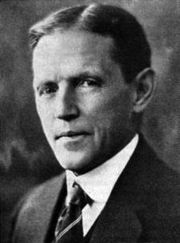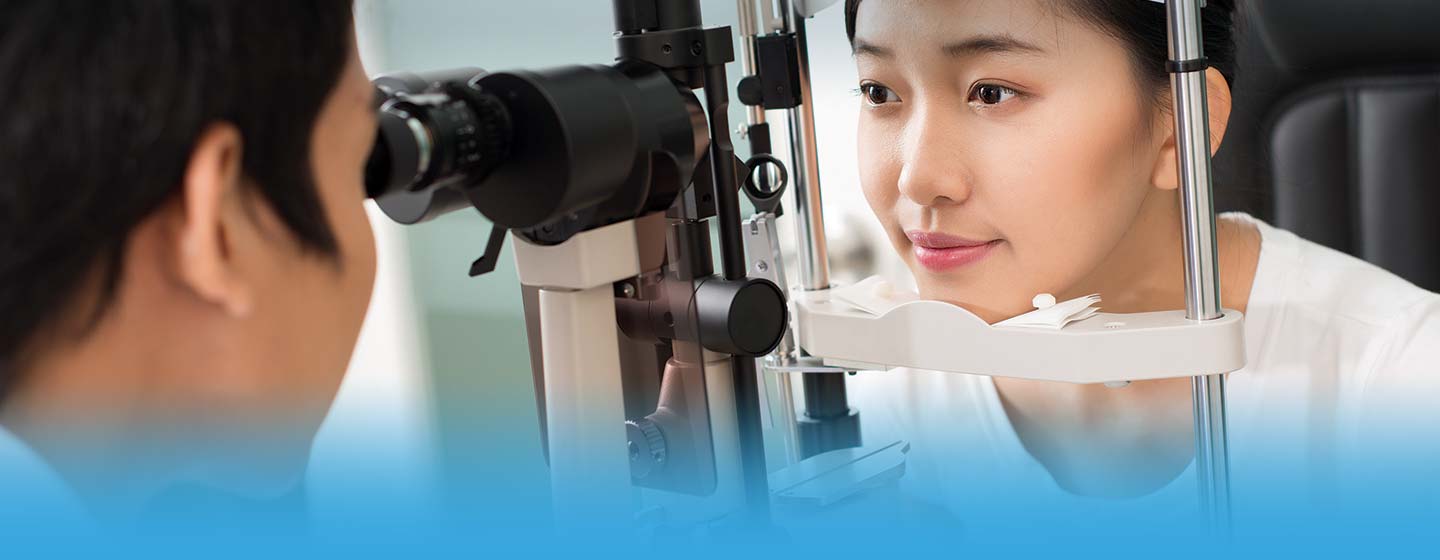
Dr. William Horatio Bates (1860 - 1930) - at the time, one of the best ophthalmologists working in renowned New York hospitals; ophthalmology lecturer; also running a private practice. He devoted his entire life to the study of eye function and the vision process.
In 1919, he published the book The Bates Method for Better Eyesight Without Glasses, in which he disagreed with the generally accepted Helmholtz theory of vision (which is still used in ophthalmology today). This theory is based on the statement that sharp vision depends on tiny ciliary muscles located inside the eye, which supposedly "control" the thickness of the lens. Helmholtz attributed their primary role in the accommodation process. Dr. Bates concluded that the main tool of accommodation is not the lens, but the external eye muscles, responsible not only for eye movements but also for lengthening and shortening the entire eye in its anterior-posterior axis (similar to a camera lens or binoculars). Experiments conducted by Bates proved the correctness of this theory.
He explained clear vision of close objects by the work of two (external) oblique muscles flattening (lengthening) the eyeball (similar to sitting on a ball), while the process of precisely seeing distant objects involved the work of four (external) straight muscles, contracting ("shortening") the eye in the opposite direction. The correctness of Bates' views, that the eye functions in this way (through extraocular muscles), is supported by unexplained cases of clear vision by some people who, for one reason or another (e.g., cataracts), had their lens removed or were born without one.
What seems most notable about Bates is his approach to the patient and their illness. Bates did not wonder, as almost all ophthalmologists do, how to choose the best glasses for the patient. He thought about how to really help a given patient, that is, how to cure them of their ailment so they could see normally. The main assumptions of Bates' theory are:
- Recovering Good Vision is Possible
One of the basic assumptions of Dr. Bates was the statement that just as a broken limb can be brought back to full functionality through exercises and rehabilitation treatments, so can the organ of vision be restored to full functionality, meaning visual acuity, without the need for glasses.
- Rejecting Artificial Lenses and Glasses
According to Dr. Bates' assumptions, glasses and artificial lenses are the same for the eyes as crutches for a person with a fused broken leg. A person with a vision impairment, if they do not reject their own crutches for the eyes (which are glasses) and undertake rehabilitation treatments, i.e., re-education and improvement of the visual organ, will never achieve improved vision; on the contrary, they can only expect a worsening of their vision quality and the need for stronger lenses prescribed by an ophthalmologist.
- Visual Acuity is Variable
One of Bates' theoretical assumptions was the statement that visual acuity changes from good to bad and vice versa, depending on the physical and emotional state of a given person. Bates noticed that vision is not constantly at one level of quality but changes continuously.
- Re-educating Vision: Getting Rid of Bad Habits
Dr. Bates concluded that most of the impairments hindering the process of vision are caused by improper use of the visual organ. Bad habits of using the eyes are always closely related to their strain and tension. This tension affects the entire body equally. Dr. Bates discovered that by learning good vision techniques (particularly relaxation techniques), the tension in our eyes and the entire body is reduced. This occurred after his patients learned eye and mind relaxation methods, directly causing improved vision and reduced refractive error.
- Relaxation: The Key to Success
In Dr. Bates' method, the ability for passive and dynamic relaxation is the first and basic technique that leads to improved vision. By relaxation, I mean not only the general skill of relaxing muscles but also mental relaxation, without which the process of vision is not possible. The relaxation techniques that Bates used proved sufficient in many cases to achieve improved vision for many of his patients.
- Basic Techniques Used by Bates
We will only list the basic techniques used by Bates among his patients, which have had surprising effects in treating vision impairments. These techniques will be described in detail on the pages of our portal in the appropriate sections. These will include: body and eye relaxation, palming, central fixation, sunning, swinging, visualization, blinking, micro eye movements, flash technique, analytical looking, and many others that we will try to discuss here.



